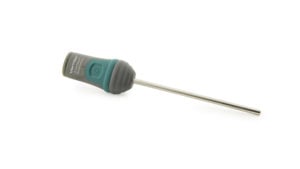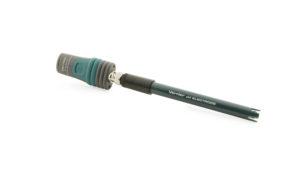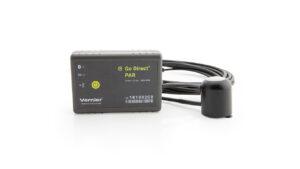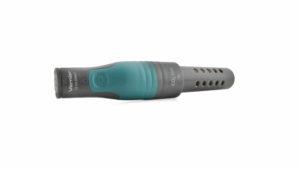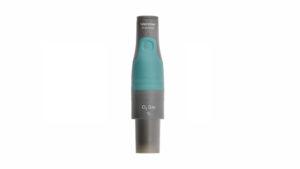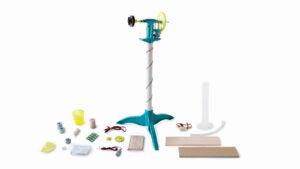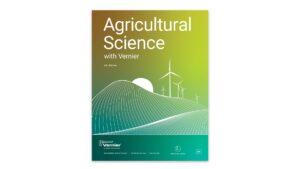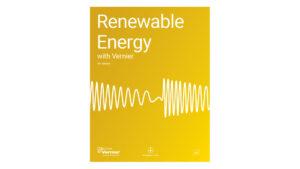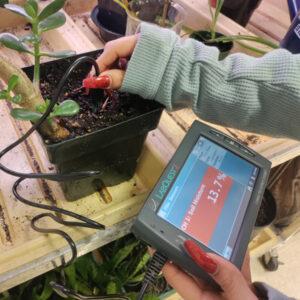Agriculture, Food &
Natural Resources
Strengthen problem-solving, critical-thinking, and data-analysis skills with our easy‑to‑use tools
Explore careers in agriculture, food, and natural resources with our essential agricultural science sensors.
-
Go Direct® Temperature Probe
Starts at $79.00 -
Go Direct® pH Sensor
Starts at $109.00
-
Go Direct® CO2 Gas Sensor
$229.00 -
Go Direct® O2 Gas Sensor
$219.00 -
KidWind Advanced Wind Experiment Kit
Starts at $174.00
Test Soil Moisture with Go Direct Soil Moisture
The Dirt on Soil Science: Engaging Experiments with Go Direct Sensors
Introducing Remote Data Logging for Go Direct Sensors
Remote Data Logging gives students more flexibility to collect and analyze real-world data. This video provides a quick overview of how it works—from setting up a sensor to retrieving your data.
Ready to get started with Go Direct?
Learn how to easily integrate Go Direct sensors into your classroom or lab.
Explore Our Lab Books
-
Agricultural Science with Vernier
Starts at $45.00 -
Renewable Energy with Vernier
Starts at $45.00 -
Water Quality with Vernier
Starts at $45.00
Giving High School Students Real‑World Experience with Modern Agriculture
Expanding Career Readiness with Our Program Partners
We are scientists, educators, and your team.
As you implement data-collection technology into your teaching, we’re here to support you! Looking to learn more about our products or have questions about ordering? Reach out to our team at support@vernier.com.
Are you a district or school administrator?
If you are considering an adoption or seeking training options, we are here to support you every step of the way. Contact our solutions team at k12outreach@vernier.com.

